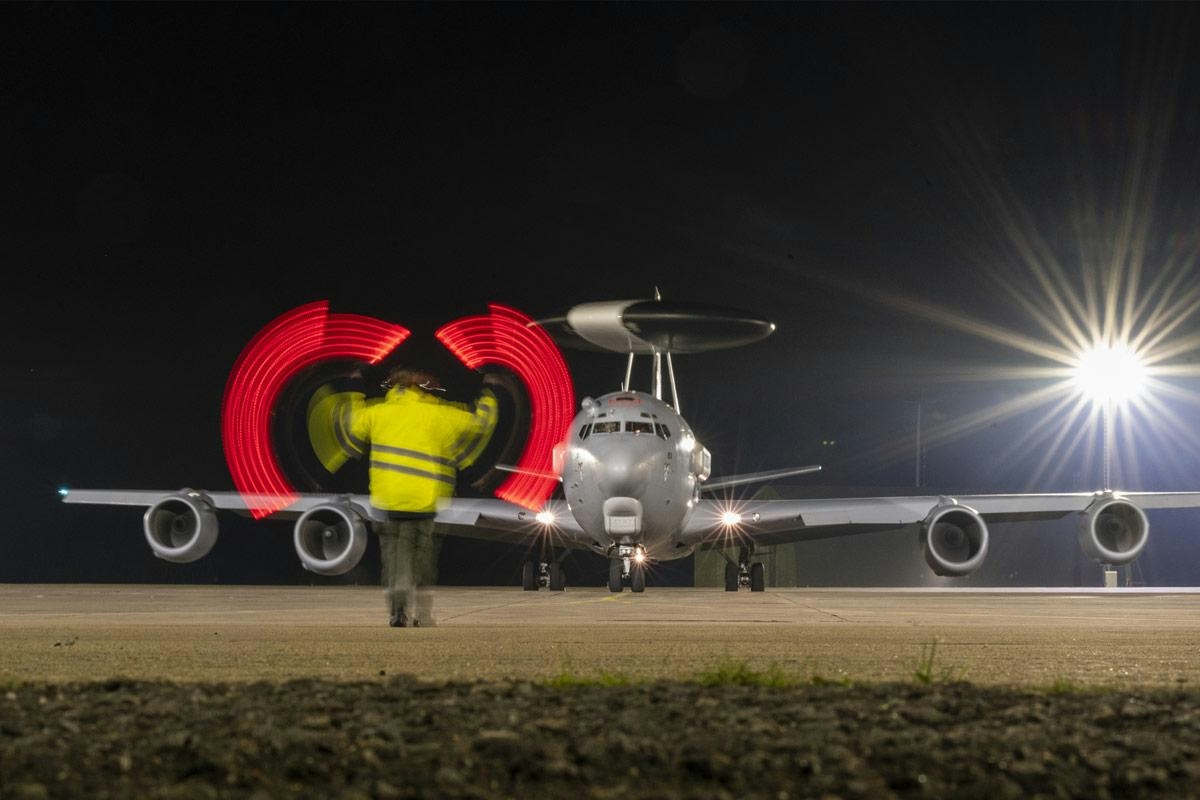
AeroGenie — Your Intelligent Copilot.
Trending
Categories
Qatar Airways and Etihad: A Comparison of Their Widebody Fleets
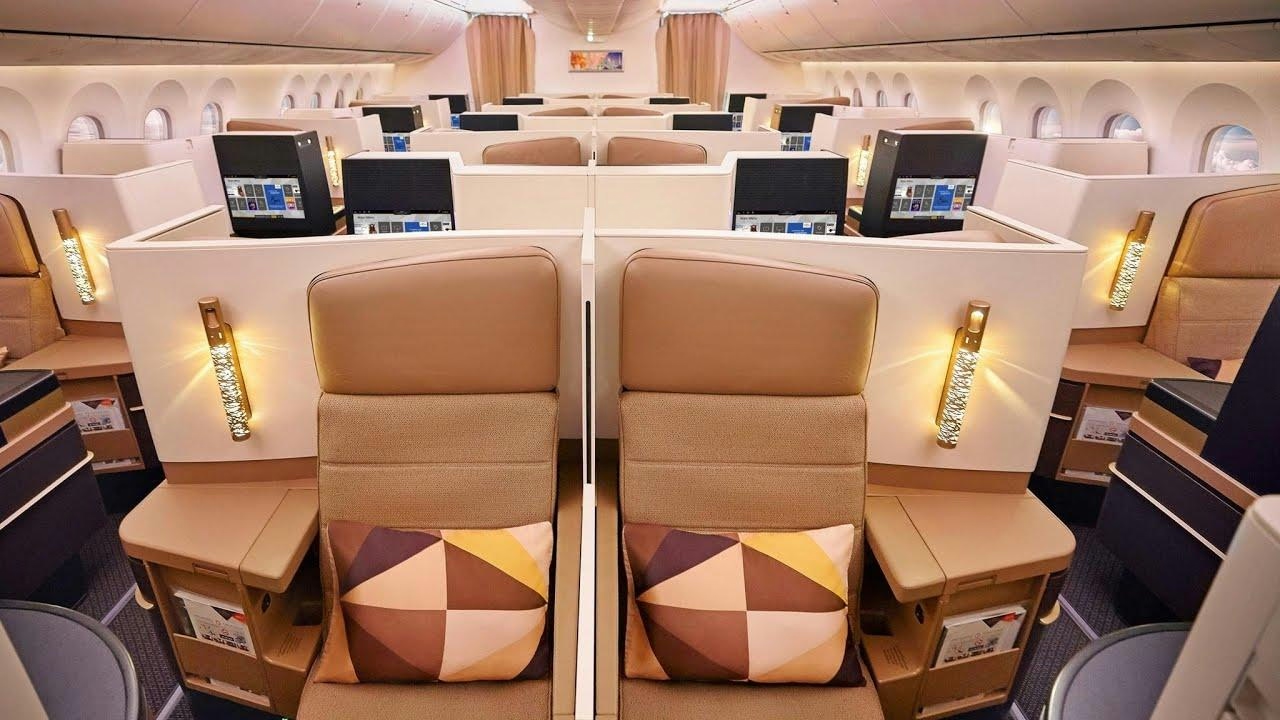
Qatar Airways and Etihad: A Comparison of Their Widebody Fleets
Situated at the crossroads of global air travel, Qatar Airways and Etihad Airways capitalize on their strategic Middle Eastern locations to serve as pivotal hubs for long-haul widebody aviation. Their geographic positions enable efficient connections between Europe, Africa, and the Americas to the west, and Asia and Australasia to the east. Although neither airline operates an exclusively widebody fleet, these aircraft remain central to their premium service offerings and international growth strategies.
Fleet Size, Modernity, and Strategic Approaches
A key distinction between the two carriers lies in the size and composition of their widebody fleets. Qatar Airways commands a significantly larger fleet, with 212 widebody jets compared to Etihad’s 76, which includes 61 Boeing and 15 Airbus aircraft. This disparity is expected to widen, as Qatar Airways has 289 widebody aircraft on order, far exceeding Etihad’s 71 pending deliveries. However, fleet size alone does not capture the full picture. Etihad’s fleet is notably younger, reflecting a deliberate emphasis on modernity and operational efficiency. This contrast arises partly because Qatar Airways continues to operate a considerable number of older Airbus A330s and Boeing 777-300ERs, while Etihad has prioritized newer models, particularly the Boeing 787 Dreamliner.
These differing fleet strategies mirror broader industry challenges and priorities. Qatar Airways’ larger and more diverse fleet supports greater capacity and revenue potential but also entails managing aging aircraft and the associated maintenance and operational costs. Conversely, Etihad’s smaller yet more modern fleet underscores a commitment to efficiency and sustainability, aligning with the aviation sector’s increasing focus on reducing emissions and adopting advanced technologies.
Both airlines operate within a fiercely competitive regional market, where fleet renewal and expansion decisions must balance modernization efforts with cost control and environmental considerations. The dynamic nature of global aviation demands that both carriers remain agile, adapting to evolving passenger demand and technological progress.
Customer Experience and Market Positioning
Beyond fleet composition, Qatar Airways and Etihad invest substantially in enhancing the passenger experience. Their stopover programs in Doha and Abu Dhabi provide travelers with attractive accommodation options and access to local cultural and leisure activities. Etihad offers a complimentary two-night stay at major hotel chains, discounts on tours, and a free local SIM card, while Qatar Airways extends up to four nights in affordable hotels alongside a broad array of bookable experiences.
Market responses increasingly emphasize operational efficiency and digital innovation. Qatar Airways recently received the "Best Airline App 2025" award, highlighting its dedication to technological advancement and customer satisfaction. In response to competitive pressures, both airlines are expanding strategic partnerships to broaden their market reach. For instance, Qatar Airways has enhanced its codeshare agreement with Kenya Airways, improving connectivity across key routes.
Boeing Widebody Fleet Comparison
Focusing on Boeing aircraft, Etihad’s fleet centers on 47 Boeing 787 Dreamliners, reflecting its strategy of operating newer, fuel-efficient aircraft. Qatar Airways operates 55 Dreamliners alongside a substantial number of older Boeing 777s, including 62 passenger and 28 freighter variants. The 777-300ER remains a cornerstone of Qatar Airways’ long-haul operations, prized for its reliability and capacity on high-demand routes. Despite its age, this aircraft type continues to support Qatar’s reputation for delivering premium service.
Conclusion
The comparison between Qatar Airways and Etihad’s widebody fleets ultimately hinges on individual priorities—whether one values the extensive fleet size and network reach of Qatar Airways or the modernity and efficiency emphasized by Etihad. Both airlines confront ongoing challenges in balancing fleet renewal, operational costs, and sustainability, all while striving to maintain world-class service standards in a highly competitive global market.

The Impact of the New Air Force One’s Delayed 2028 Arrival on Aviation and Travel

United Airlines Restarts Controversial AI Scheduling for Flight Attendants
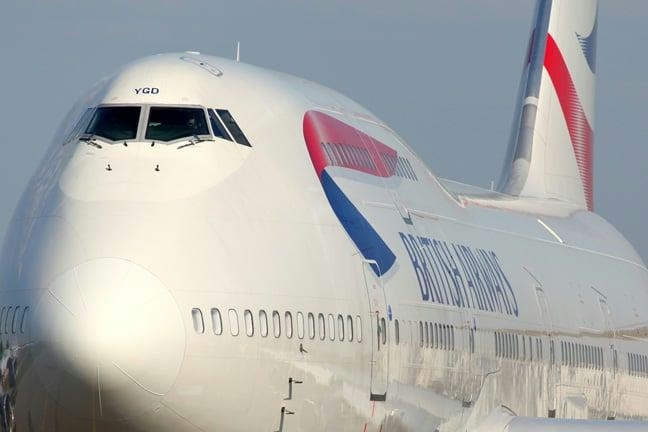
BA Chief Warns AI Agents May Diminish Brand Visibility
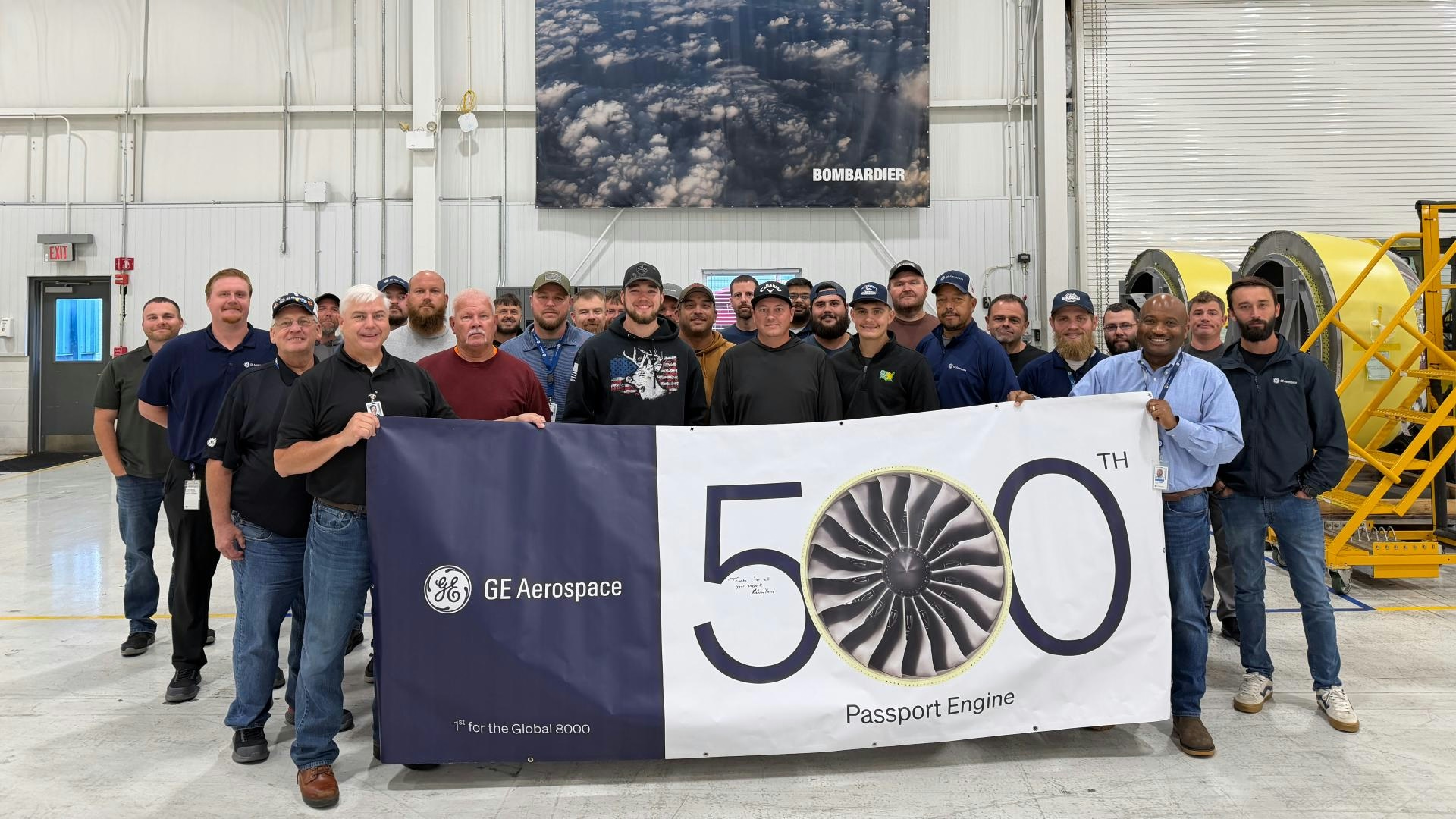
How GE Is Meeting Global Jet Engine Demand
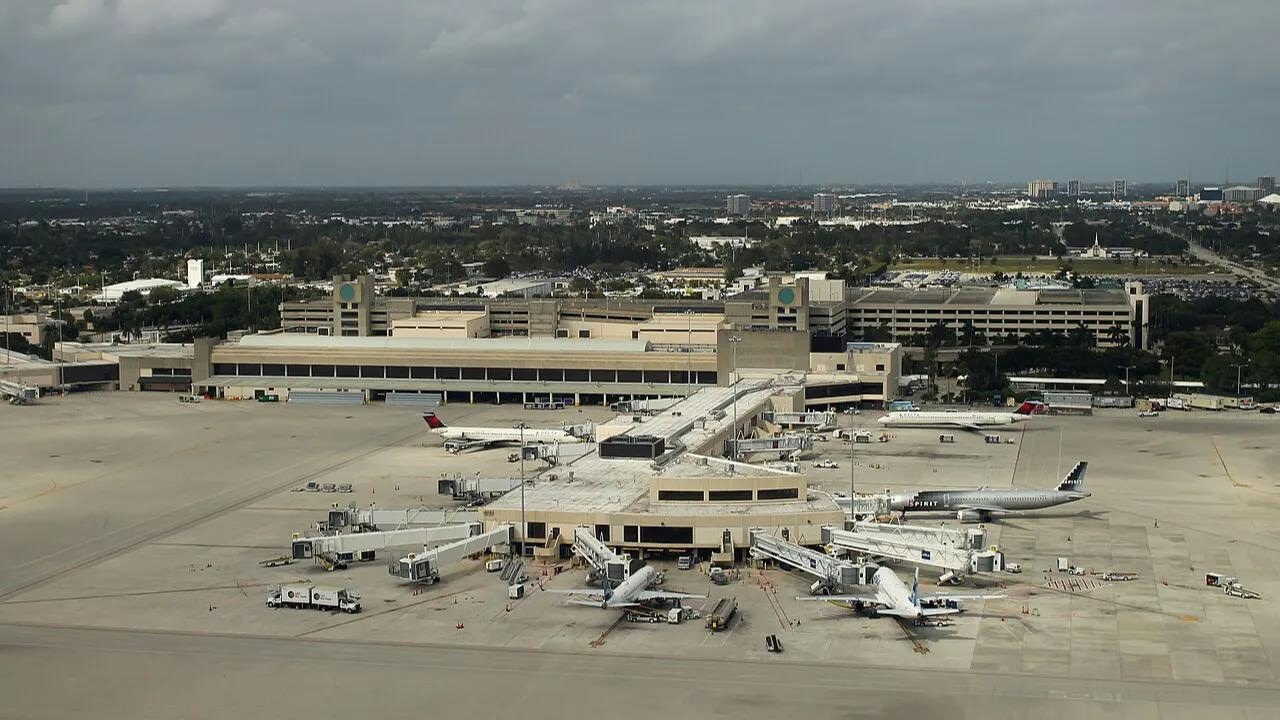
IATA Projects Airline Profits of $41 Billion in 2026
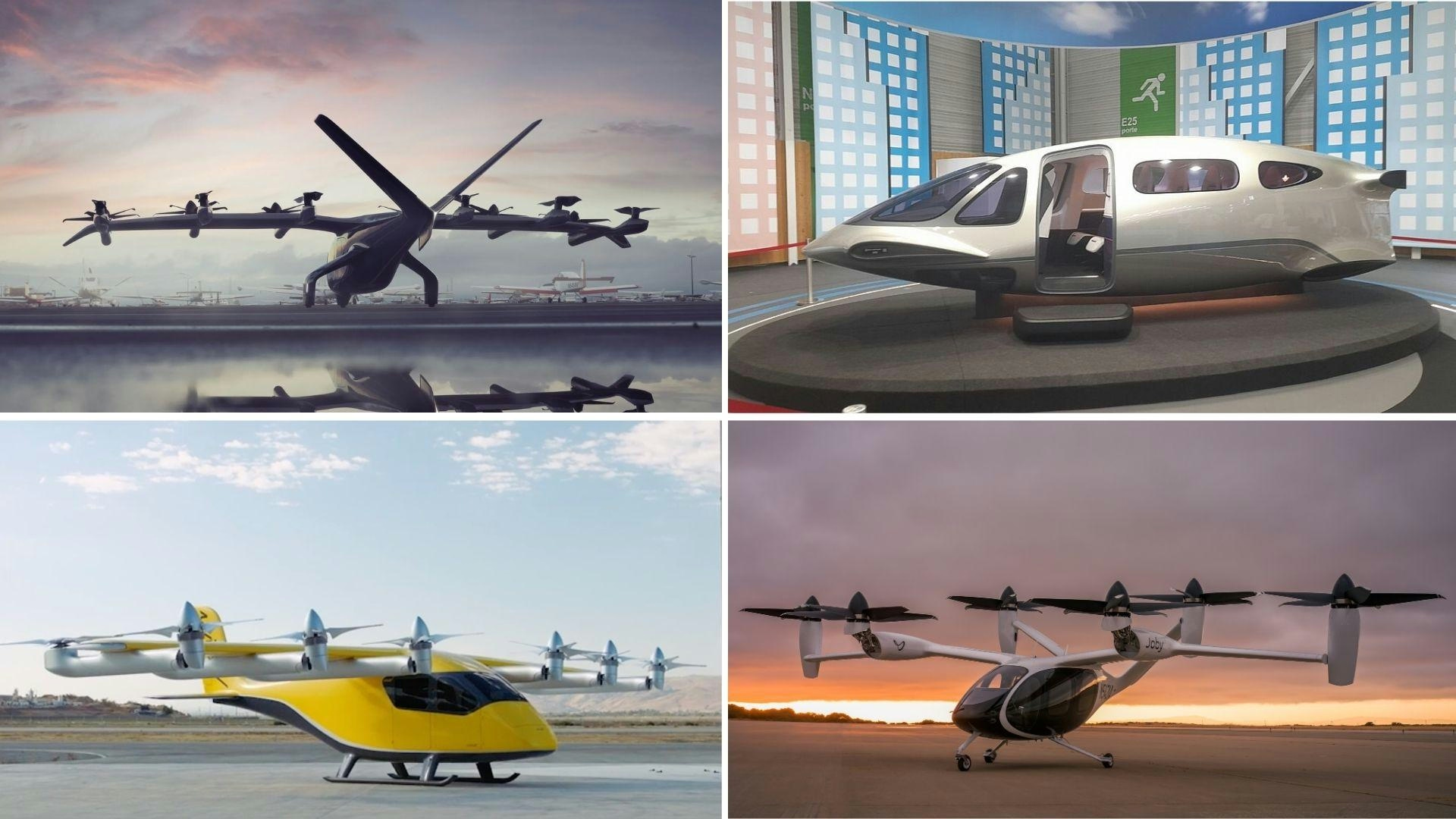
Five Air Taxis Poised to Shape Urban Mobility by 2026
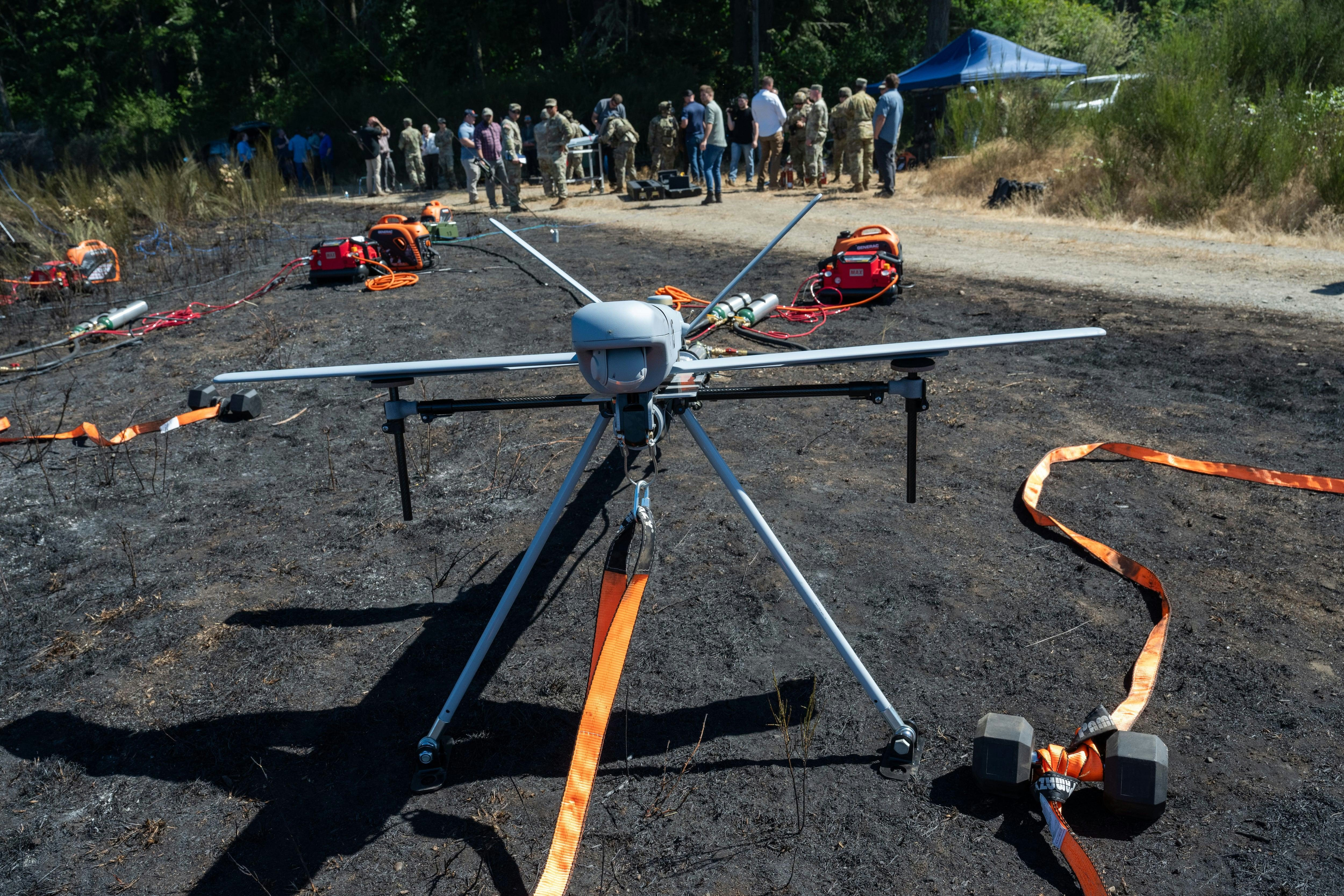
Advances Highlighted at Drone Warfighter Competition
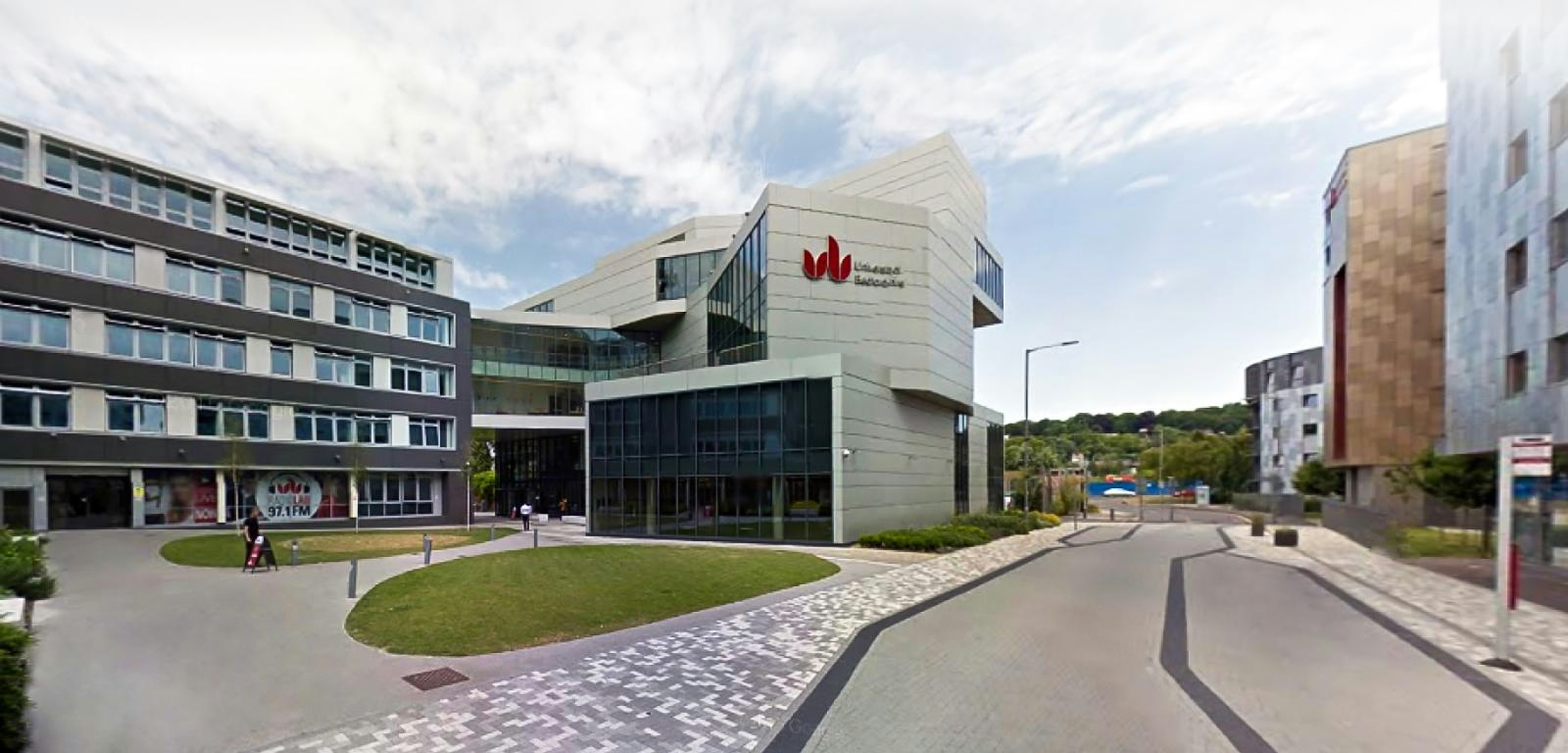
London Luton Airport and University of Bedfordshire Launch AI Partnership to Advance UK Aviation

Should Marvel Mystery Oil Be Added to Engines?
